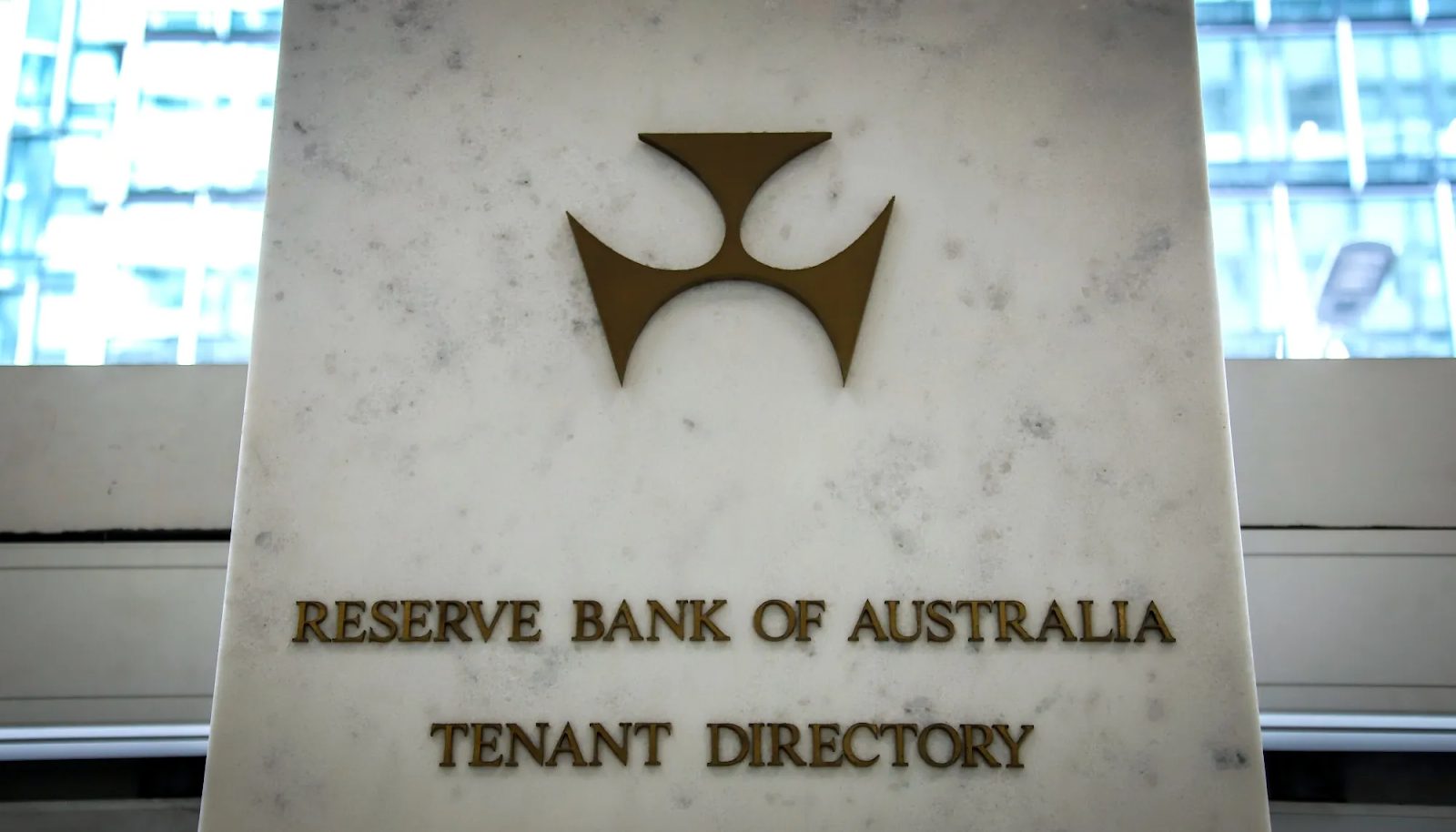The modern workplace is undergoing a significant transformation, becoming more age-diverse with each passing day. This positive trend is largely because of citizens living longer and challenging outdated ideologies that once hindered their participation in the workforce. As a result, individuals are actively contributing and remaining career-engaged well into advanced age.
In America, adults age 65 and older are twice as likely to be working today compared to 1985. The labor force of Americans aged 65 and over is projected to reach 13 million in 2024. Looking ahead to the global perspective, the world population is estimated to hit 9.9 billion by 2050, with more than 21% (approximately 2.1 billion people) being over 60. Altogether, this data showcases the significance of addressing aging workforce challenges over the coming years.
As life expectancy rises, it is essential to dispel common misconceptions about older workers. Many falsely believe they will struggle to learn new information, acquire new skills, lack technological proficiency or experience declining mental and physical health. However, these assumptions are inaccurate and create numerous challenges for older employees in the workplace.
Fortunately, human resource professionals have the power to embrace the skills and experiences of an aging workforce. In doing so, they also harness the immense potential a multigenerational workforce offers. After all, embracing age diversity in the workplace can increase creativity, improve problem-solving and enhance collaboration among employees from different generations.
See also: How HR can navigate today’s uncertain legal DEI landscape
Challenges of age discrimination in the workforce
AARP found that almost 80% of older workers (defined as age 55 and older in this particular study) have witnessed or experienced age discrimination in their workplaces. This unfortunate reality is exemplified by recent cases such as the EEOC’s lawsuit against Hatzel & Buehler Inc., which exposed the company’s refusal to hire older job applicants above 40 for project manager and estimator positions at their New Jersey branch based solely on their age.
The EEOC also sued Peter’s Car Smart Inc. after the organization terminated an employee who had faithfully served for nearly 18 years after derogatory remarks were made about the employee’s age.
These real-world examples highlight the challenges faced by older workers and underscore the fact that certain organizations intentionally discriminate against older applicants or exclude them from higher-paid positions because of their age. Negative comments about an older co-worker’s age were identified as the most common form of age discrimination older workers experience.
By addressing these challenges, HR professionals can lead the way in creating a truly multigenerational workforce where all employees, regardless of age, can thrive and contribute their unique skills and perspectives.
Promoting inclusivity and creating an effective age-diverse workforce
To build a diverse and inclusive workforce, organizations must pay attention to the working conditions of their aging staff. Unfortunately, older employees often face challenges such as being overlooked for promotions, having reduced overtime opportunities and being excluded from projects where their valuable skills and talents could contribute significantly. Additionally, they are often among the first to lose their jobs during times of workforce reductions.
HR professionals play a crucial role in this dynamic, as they are responsible for providing proper training to both supervisors and fellow employees, aiming to eliminate age-related biases and misconceptions. Just as organizations diligently review the impact of decisions based on race and sex, they should apply the same scrutiny to decisions affecting the age demographic.
Regular harassment training is essential to educate all employees on language and behaviors, given the thousands of complaints filed annually with the EEOC concerning age discrimination in the workforce. In one instance, six age-related lawsuits resulted in almost $700,000 in settlement relief funds for victims of discrimination during the last fiscal year.
Fortunately, implementing sensitivity workshops and training can significantly contribute to breaking down common misconceptions surrounding generational differences in the workplace. Moreover, it is essential for management to be educated on relevant laws, including the Age Discrimination in Employment Act, which protects applicants and employees aged 40 and over from discrimination.
7 simple solutions to foster inclusivity and combat aging workforce challenges
As an age-diverse workforce becomes more common, HR professionals play a critical role in ensuring a supportive and inclusive environment for older employees. To address aging workforce challenges effectively, here are seven tips for HR professionals:
1. Avoid stereotypes and embrace fresh thinking
It is crucial to recognize that older employees offer a wealth of experience and knowledge. Avoiding age-related stereotypes is essential in creating a positive work atmosphere. Celebrate the diverse perspectives and skills that different age groups contribute to the team.
2. Prioritize health and wellbeing policies
As people age, their susceptibility to health conditions may increase. HR professionals must ensure health and wellbeing policies cater to the specific needs of older workers. Reviewing benefits such as health insurance and prescription plans to make them more attractive and relevant for the older demographic is vital. By providing comprehensive health coverage, organizations can support the well-being of older employees, contributing to overall job satisfaction and productivity.
3. Offer flexibility and competitive compensation
Recognizing the unique needs of older employees, HR professionals should consider offering flexible work hours and competitive wages. Allowing full-time employees to transition gradually to part-time hours over several years enables a healthy work/life balance and accommodates medical appointments or other personal commitments.
Additionally, embracing remote work options can be beneficial for older workers who prefer a less rigid schedule or wish to work from different locations based on the season. Moreover, retirees going back to work on a contract or project basis can seamlessly integrate into the workforce when provided such flexibility.
4. Understand and accommodate travel needs
As employees age and their families evolve, priorities and preferences may change. Older workers may exercise their options to travel, visit family members or explore new destinations. HR professionals can consider offering travel benefits such as hotel and airfare discounts to support the needs of older employees. These added perks not only contribute to their wellbeing but also enhance job satisfaction and overall productivity.
5. Enhance recruiting strategies
Companies should proactively review their recruiting strategies to attract a diverse pool of candidates, including older individuals. Consider posting job advertisements in publications that cater to this demographic, such as AARP. Additionally, connecting with veteran groups and service organizations like the American Legion can be an effective way to promote job openings to experienced and skilled candidates.
6. Revise job posting language
Carefully review wording in job postings to ensure it is inclusive and does not inadvertently discourage older candidates from applying. Avoid specifying age requirements, as it may conflict with anti-harassment policies and perpetuate age-related biases. Additionally, words like “energetic” or “recent graduates” can discourage older job seekers from applying. By focusing on qualifications, skills and experiences instead, companies can create a more welcoming environment for candidates of all ages.
7. Provide comprehensive training
To promote a culture of inclusion and understanding, it is essential to provide comprehensive training on workforce diversity. HR professionals, managers, and supervisors should undergo training on the Age Discrimination in Employment Act and anti-harassment policies. This training will help them recognize and address age-related issues effectively. Additionally, implementing DEIB training for all employees can help foster better understanding of generational differences in the workplace and promote a more cohesive work environment.
By incorporating these strategies, HR professionals proactively address the numerous aging workforce challenges and create an inclusive and supportive workplace that values the contributions of all employees, regardless of age or background.
Unleashing the true power of an age-diverse workforce
Ultimately, the aging workforce represents a remarkable asset to organizations, embodying traits that are invaluable in today’s dynamic workplaces. Their dependability, stability, wealth of experience and unwavering loyalty make them an essential and often untapped demographic.
In today’s rapidly evolving world, organizations that prioritize age diversity and inclusivity are better equipped to adapt to change, innovate and thrive in the face of new challenges. Embracing the talents and experiences of the aging workforce is not just a strategic advantage but a powerful testament to the richness that variance brings to the modern workplace.
By building on the strengths of both seasoned and younger employees, organizations can achieve sustained success and a shared sense of fulfillment among all team members.
Credit: Source link










